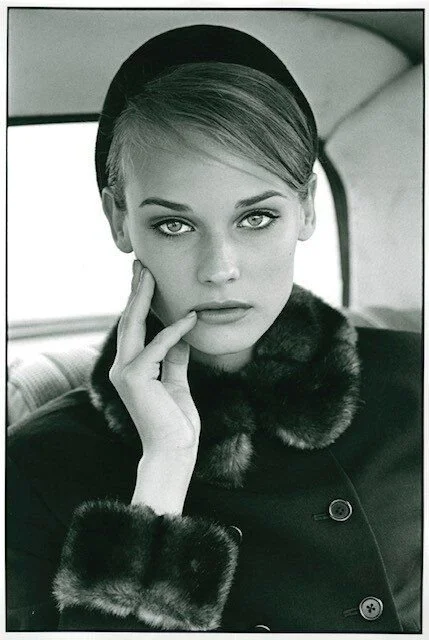Collecting Photography: Subject Matter
When determining whether to buy a piece of art, one of the most important aspects to consider is the subject matter and style. The subject matter defines the emotional and cultural value of the work—it encompasses the theme, composition, and visual message chosen by the artist.
Typically, artworks or photographs that convey a unique perspective, cultural relevance, or powerful emotional message tend to command higher prices. For instance, Dorothea Lange’s iconic Migrant Mother (1936) became world-renowned because it symbolized the struggles of migrant workers and families during the Great Depression, giving visibility to their untold stories.
Another key factor is the artwork’s impact on the history of art and photography. Artists who pioneer distinctive styles or lead artistic movements often gain greater recognition and achieve higher market value. For example, Picasso’s Cubist portraits or Richard Avedon’s revolutionary fashion images remain legendary not only for their innovative aesthetics but also for their lasting influence on how we see art and photography.
When purchasing a piece, it is crucial to understand how its subject matter shapes composition, emotional resonance, and long-term cultural value. The focal point—the part of the work that first captures the viewer’s attention—plays a central role. It is determined by the subject, the artist’s vision, and the way it is framed or shot.
Most works of art and photography fall into one of the following subject matter categories:
1. PortraitURE
Portraits focus on a person or figure, usually captured at eye level. They aim to express personality, mood, and identity, enabling the viewer to empathize with the subject. Lighting, pose, and styling are carefully arranged to reveal character. For example, in this portrait by André Carrara, Diane Kruger directly looks at the camera, with a focus on her facial expression and wardrobe details.
2. Landscape
Landscape photography is one of the most enduring and diverse genres in collecting. Traditionally, it has been associated with natural vistas—mountains, deserts, forests, and seascapes—captured in ways that celebrate the beauty, majesty, or fragility of the environment. But landscapes are not limited to untouched nature. Many artists incorporate signs of human presence such as roads cutting through deserts, a lone car in vast terrain, or city skylines that redefine the horizon. In this way, the landscape can extend from the wilderness to the built environment, offering both a reflection on our relationship with nature and an exploration of how we shape, inhabit, and transform the world around us.
3. Still Life
Still life photography presents inanimate objects or styled arrangements, often with a symbolic, commercial, or editorial purpose. These images are carefully constructed to highlight form, texture, and design. In fashion-related still life, clothing and accessories are staged with attention to detail, reinforcing fashion as both art and commerce.
4. Abstract
Abstract photography transforms ordinary subjects into imaginative visual experiences. By manipulating textures, shadows, colors, and compositions, artists create new meanings and emotions. For instance, “TWINS II” by Chiron Duong, part of a triptych, depicts ethereal sisterly figures shaped from the glow-in-the-dark effect of mushroom spores. Through this work, Duong explores both the intimate bond between twins and a profound connection to nature.
5. FASHION
Untitled, Vogue Germany 2013 | GREG KADEL
Fashion photography is one of the most collected genres, as it merges art, commerce, and cultural history. Photographers like Irving Penn, Richard Avedon, and Helmut Newton transformed fashion images into cultural icons, elevating models and garments into symbols of beauty, identity, and aspiration. For collectors, fashion photographs often carry the double value of being both timeless works of art and historical documents of style.
6. DOCUMENTARY
Documentary photography captures reality with the intent of truth-telling, often addressing social, political, or historical events. This type of images resonates deeply because they are anchored in lived experience. Collectors value this genre not only for its artistic merit but also for its ability to bear witness and preserve history. On August 18, 1964, amid the press crowd, Terry O’Neill was able to capture the Beatles as they were departing London for their American tour.
In all these cases—portrait, landscape, still life, abstract, fashion, or documentary—the artist’s choices of subject, framing, and technique directly influence how a work is perceived and valued. For collectors, understanding subject matter is key not only to appreciating the artwork but also to assessing its cultural and market significance.
When buying a photograph or artwork, remember: the subject matter is never neutral. It carries emotional weight, artistic innovation, and historical meaning, all of which shape both a collector’s connection to the work and its place in the art market.






